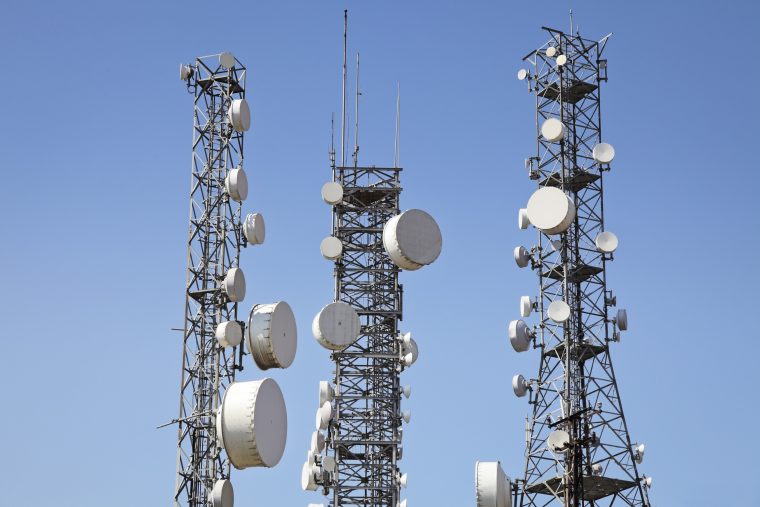When installing lead-acid batteries in telecom base stations, several critical factors must be considered to ensure efficient, safe, and long-lasting performance. Proper installation can optimize the battery’s lifecycle and protect both the equipment and personnel involved.
1. Site Preparation and Environmental Control
Before installation, the site should be properly prepared to meet the environmental conditions required for lead-acid batteries. Key factors include:
- Temperature Control: Lead-acid batteries perform best at temperatures between 20°C to 25°C. High temperatures accelerate chemical reactions inside the battery, reducing its lifespan. Conversely, cold environments diminish performance. Installing temperature control systems like air conditioning or ventilation is essential.
- Ventilation: Since lead-acid batteries release hydrogen gas during charging, adequate ventilation is necessary to prevent gas accumulation, which can be explosive. The battery room should have proper airflow and be equipped with hydrogen gas detectors.
2. Battery Positioning and Mounting
- Stable Mounting: The battery should be installed on a level, vibration-free surface. Poor mounting can cause mechanical damage and disrupt the electrolyte’s balance inside the cells.
- Spacing: Ensure proper spacing between batteries to allow airflow and heat dissipation. This reduces the risk of overheating and allows for easy access during maintenance.
- Seismic Resilience: In areas prone to earthquakes, the battery installation should be designed to withstand seismic activity. Anchoring the battery racks and adding cushioning materials can prevent damage during tremors.
3. Electrical Connections and Safety Precautions
- Proper Cabling: Use cables with the correct gauge and length to minimize voltage drop and ensure stable connections. Avoid loose or over-tightened terminal connections, as they can lead to arcing or overheating.
- Polarity Check: Always double-check the battery’s polarity before making connections. Incorrect polarity can result in equipment damage or hazardous conditions.
- Safety Gear: Installers should wear appropriate personal protective equipment (PPE) such as insulated gloves, safety goggles, and anti-static clothing to prevent accidental injuries.


